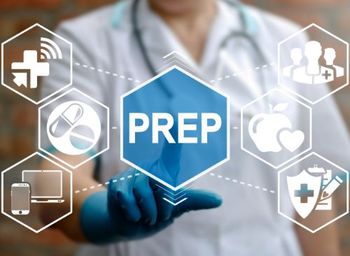
Understanding barriers and facilitators of PrEP could help improve adherence among young men and transgender women of color, a recent study found.

Understanding barriers and facilitators of PrEP could help improve adherence among young men and transgender women of color, a recent study found.

Difficulties connecting with physicians mean not all people at risk of acquiring HIV have access to PrEP. Putting nurses on the front lines could change that.

A team of investigators is examining why some transgender women taking hormones may need higher levels of PrEP medication.
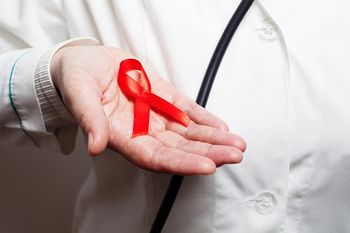
Missing visits is a warning sign that patients may discontinue PrEP, according to a recent study that found only 38% of participants remained in treatment over 12 months.

Sexual risk behavior was significantly lower among men in community supervision programs who participated in couples-based intervention, in a recent study.

Jose Arribas, MD, discusses the challenges in the field of long-acting injectable therapy for the treatment, management, and even prevention of HIV.

Jason Gallagher, PharmD, FCCP, FIDP, FIDSA, BCPS, reacts to news of the London patient, the second person cured of HIV infection.

With the proper use of antiretroviral therapy and pre-exposure prophylaxis, the risk of HIV transmission has never been lower. So why do some practitioners hesitate to endorse condomless sex?

Among gay and bisexual men, receipt of PrEP at study enrollment was linked with an increased incidence of STIs, but 25% of participants accounted for 76% of all STIs.
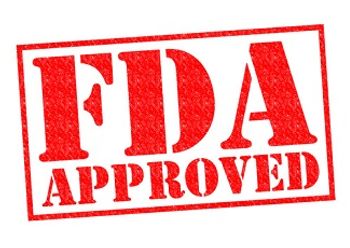
Dolutegravir/lamivudine (Dovato) becomes the first 2-drug, fixed-dose complete treatment for treatment-naive patients with HIV.

Although preventing the transmission of HIV from mother to baby is of paramount importance, we cannot overlook other health issues that may crop up later in life for children born to women with HIV.

What’s the 411 on 2-1-1?
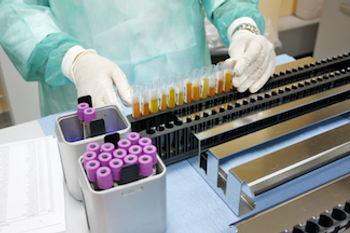
A 1-month course of rifapentine plus isoniazid is non-inferior to 9 months of isoniazid alone for preventing TB in individuals with HIV, a study reports.

The new single-tablet regimen provides a safe and effective treatment option for patients with HIV.
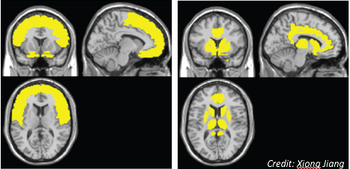
A neural model suggests the frontal lobe is affected early on in HIV disease and the caudate/striatum area is affected when neurocognitive disorder symptoms develop.

Paul Sax, MD, reacts to the ATLAS and FLAIR studies on long-acting injectable therapy.
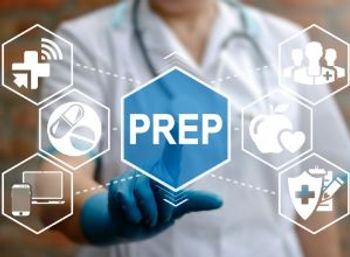
A new study found an average decrease of sexual anxiety by 0.27 points when participants were on PrEP compared with before treatment.

Incorporating clinical pharmacists and stewardship program oversights into PrEP models may improve the rate of retention in care.
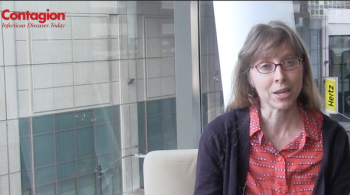
Karin Bosh, PhD, explains why the opioid overdose death rate was higher in 2015 than in 2011 among people with HIV.

With a disproportionate percentage of new HIV infections occurring in young MSM, tech tools may be a way to counter this trend.

Julia Marcus, PhD, MPH, provides advice for health care systems looking to implement a model to identify potential PrEP candidates.

Ava Avalos, MD, details the effects of a dolutegravir-based regimen on pregnancy.

Young MSM who saw PrEP4Love ads were nearly 3 times as likely to have spoken with a care provider about PrEP than those unaware of the campaign.

There currently aren’t any clear guidelines for how health care providers should handle discrepant—1 positive and 1 negative—HIV test results during pregnancy.
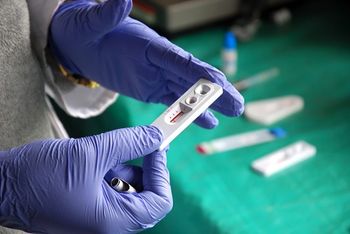
A study of MSM suggests optimizing at-home testing for STIs and HIV could increase rates of testing, while noting a need to balance convenience with educational outreach.